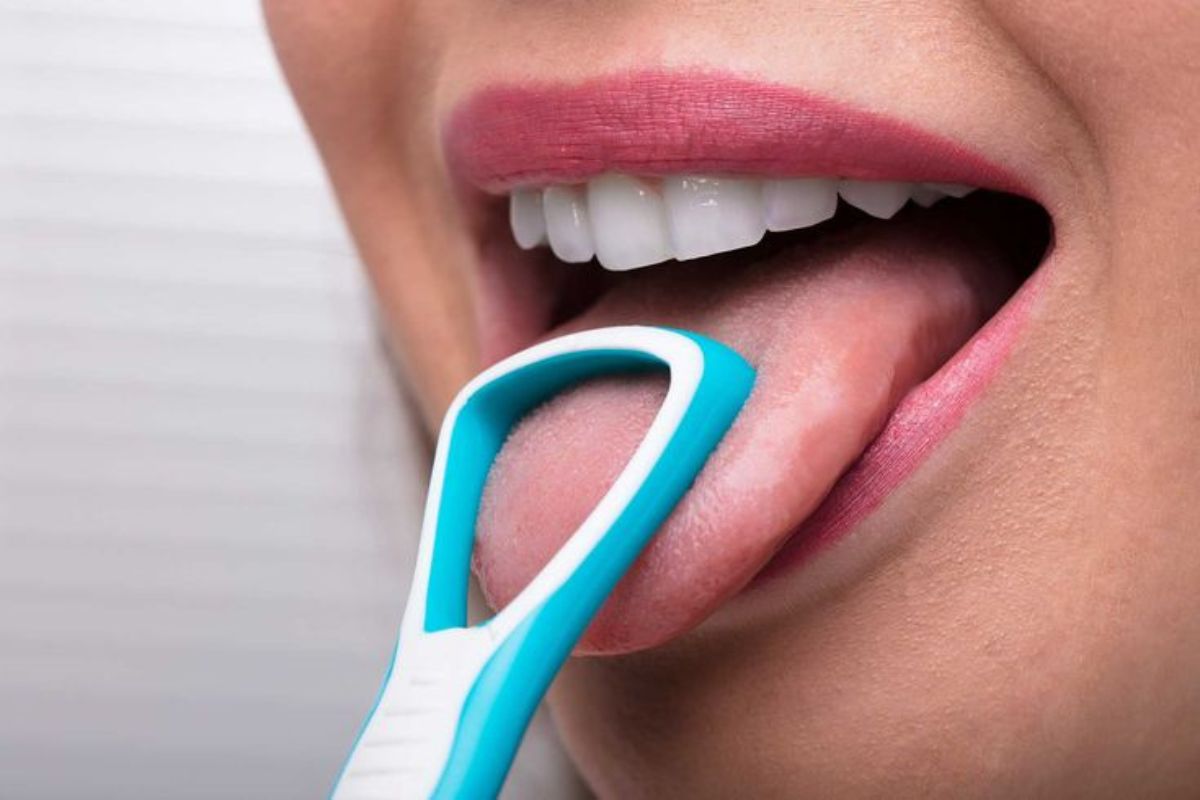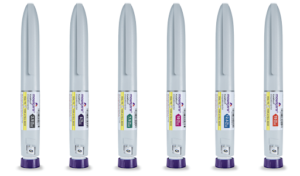
Introduction
Maintaining good oral hygiene goes beyond brushing and flossing. One often overlooked but essential tool is the tongue scraper. This simple yet effective instrument can significantly improve your oral health by removing bacteria, food debris, and dead cells from the surface of your tongue. In this comprehensive guide, we will explore the benefits, types, and proper usage of a tongue scraper. We will also delve into its historical significance, how it fits into modern dental care, and address common questions to provide a thorough understanding of this valuable oral hygiene tool.
What is a Tongue Scraper?
Definition and Purpose
A tongue scraper is a dental tool designed specifically to clean the surface of the tongue. It typically consists of a handle with a scraping edge made of plastic, metal, or silicone. The primary purpose of a tongue scraper is to remove the buildup of bacteria, food particles, and dead cells, which can contribute to bad breath and other oral health issues.
Historical Significance
The practice of tongue scraping dates back thousands of years. It has roots in ancient Ayurvedic medicine, where it was believed to remove toxins and improve overall health. Many cultures, including those in India and China, have historically used tongue scrapers as part of their daily oral hygiene routines. Today, tongue scraping is recognized worldwide for its benefits and is an integral part of modern dental care.
Benefits of Using a Tongue Scraper
Improved Oral Hygiene
Using a tongue scraper can significantly enhance your oral hygiene by removing bacteria and debris that brushing and flossing alone might miss. This helps to prevent the formation of plaque on the tongue, reducing the risk of oral diseases.
Fresher Breath
One of the most immediate benefits of using a tongue scraper is fresher breath. By removing the bacteria and food particles that cause bad breath, a tongue scraper can help you maintain a clean and odor-free mouth.
Enhanced Taste Sensation
Cleaning your tongue with a tongue scraper can also improve your sense of taste. By removing the buildup on your tongue, you can enjoy the full flavors of your food and drinks.
Overall Health Benefits
Oral health is closely linked to overall health. Using a tongue scraper can reduce the risk of systemic issues related to poor oral hygiene, such as heart disease and diabetes. It also supports a balanced oral microbiome, which is crucial for maintaining overall health.
Types of Tongue Scrapers
Plastic Tongue Scrapers
Plastic tongue scrapers are lightweight and affordable. They are easy to use and widely available. However, they may need to be replaced more frequently than other types due to wear and tear.
Metal Tongue Scrapers
Metal tongue scrapers, often made from stainless steel or copper, are durable and long-lasting. They provide a firm scraping edge that effectively removes buildup from the tongue. Copper tongue scrapers are particularly valued for their antibacterial properties.
Silicone Tongue Scrapers
Silicone tongue scrapers are gentle on the tongue and ideal for individuals with sensitive tongues. They are flexible, easy to clean, and often come in various colors and designs.
Electric Tongue Scrapers
Electric tongue scrapers offer advanced features such as vibrating or rotating heads to enhance the cleaning process. They are typically more expensive than manual scrapers but can provide a more thorough cleaning experience.
How to Use a Tongue Scraper
Step-by-Step Guide
- Choose Your Tongue Scraper: Select a tongue scraper that suits your preference and comfort, whether it’s plastic, metal, silicone, or electric.
- Prepare Your Tongue Scraper: Rinse the tongue scraper with warm water before use.
- Position the Tongue Scraper: Stick out your tongue and place the scraper at the back of your tongue.
- Scrape Gently: Gently pull the scraper forward along the surface of your tongue, applying light pressure. Be careful not to scrape too hard, as this can cause irritation.
- Rinse and Repeat: Rinse the scraper after each pass and repeat the process 3-4 times or until your tongue feels clean.
- Clean Your Tongue Scraper: Rinse the tongue scraper thoroughly after use and store it in a clean, dry place.
Tips for Effective Use
- Use the tongue scraper once or twice a day, preferably in the morning and before bedtime.
- Be gentle to avoid damaging the tongue’s surface.
- Incorporate tongue scraping into your regular oral hygiene routine for best results.
Integrating Tongue Scraping into Your Oral Care Routine
Complementing Brushing and Flossing
Tongue scraping should be seen as a complement to brushing and flossing, not a replacement. By integrating tongue scraping into your daily routine, you can achieve a more comprehensive approach to oral hygiene.
Choosing the Right Oral Care Products
In addition to using a tongue scraper, select toothpaste and mouthwash that support oral health. Look for products with antibacterial properties and fluoride to protect against cavities and gum disease.
Regular Dental Check-Ups
Even with a rigorous oral hygiene routine, regular dental check-ups are essential. Dentists can provide professional cleanings and identify any potential issues early on, ensuring that your oral health remains optimal.
The Science Behind Tongue Scraping
Bacterial Buildup and Oral Health
The tongue is a breeding ground for bacteria. When left unchecked, these bacteria can contribute to bad breath, plaque formation, and gum disease. Tongue scraping effectively reduces the bacterial load in the mouth, promoting better oral health.
The Connection Between Oral and Systemic Health
Research has shown that oral health is closely linked to systemic health. Poor oral hygiene can lead to conditions such as heart disease, diabetes, and respiratory infections. By maintaining a clean tongue, you support not only your oral health but your overall well-being.
Common Misconceptions About Tongue Scraping
Tongue Scraping is Painful
Some people believe that tongue scraping is painful or uncomfortable. When done correctly, tongue scraping should not cause pain. It’s important to use gentle pressure and choose a scraper that feels comfortable to you.
Brushing Your Tongue is Enough
While brushing your tongue can help to some extent, it is not as effective as using a tongue scraper. Toothbrushes are designed for cleaning teeth, not the soft surface of the tongue. Tongue scrapers are specifically designed to remove buildup from the tongue more efficiently.
Tongue Scraping is Unnecessary
Tongue scraping is an essential part of a complete oral hygiene routine. It provides benefits that brushing and flossing alone cannot achieve, such as improved breath and enhanced taste sensation.
Conclusion
Incorporating a tongue scraper into your daily oral hygiene routine can significantly improve your oral health. By removing bacteria, food debris, and dead cells from the surface of your tongue, you can enjoy fresher breath, enhanced taste, and overall better health. Whether you choose a plastic, metal, silicone, or electric tongue scraper, the key is to use it consistently and correctly. Understanding the importance of tongue scraping and integrating it into your routine can lead to a healthier mouth and a happier you.
FAQs
1. What is a tongue scraper?
A tongue scraper is a dental tool designed to clean the surface of the tongue by removing bacteria, food debris, and dead cells.
2. How often should I use a tongue scraper?
It is recommended to use a tongue scraper once or twice a day, preferably in the morning and before bedtime.
3. Are there different types of tongue scrapers?
Yes, tongue scrapers come in various materials including plastic, metal, silicone, and electric versions.
4. Can tongue scraping improve bad breath?
Yes, using a tongue scraper can help reduce bad breath by removing the bacteria and debris that cause it.
5. Is tongue scraping painful?
No, tongue scraping should not be painful. Use gentle pressure and choose a scraper that feels comfortable to you.




